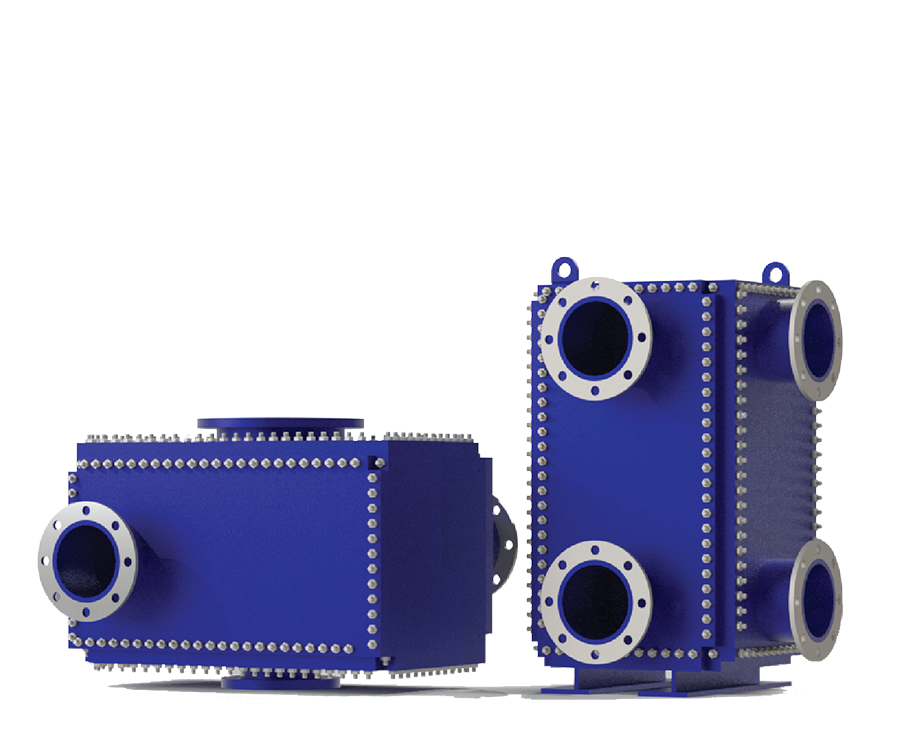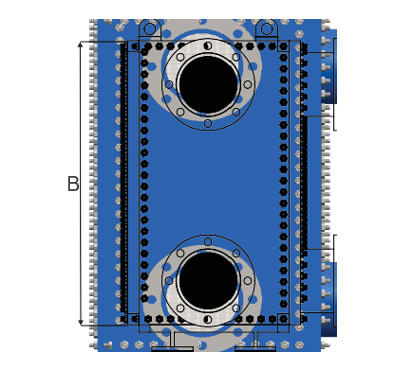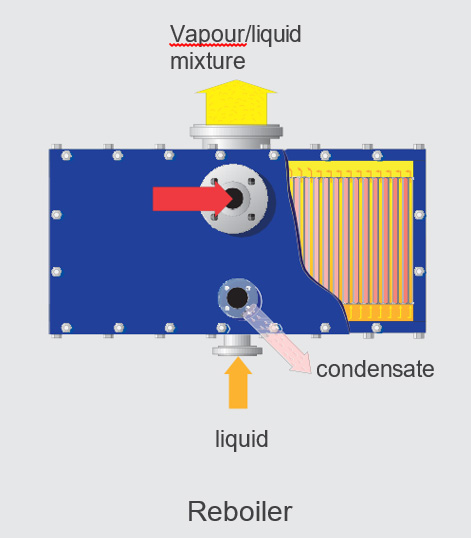- Menu
- Search For Product Models
Search For Product Models
- cn

COMPAT BLOC HEX features a fully welded block-type structure composed of laser-welded corrugated plates enclosed within a rigid steel shell. The plate pack forms a series of alternating channels for two media to flow in cross-flow or counterflow configurations, ensuring high thermal efficiency.
-Compact & Space-Saving
-Fully Welded, No Gaskets
-High Pressure & Temperature Resistance
-No Cross-Contamination
-Easy Maintenance & Cleaning
-Low Fouling & High Reliability
-High Thermal Efficiency



Replacable Plates pack
Plate Welding


C-Weld
C End-to-end laser weld of the plates guaran- tees accessibility and protects against corrosion.
Shell & Tube HEX vs COMPABLOC HEX

| Feature | Compabloc | Shell & Tube |
|---|---|---|
Efficiency |
High (3-5x better) |
Low |
Size & Footprint |
Compact (80% smaller) |
Large |
Cleaning & Maintenance |
Easy (CIP & side access) |
Difficult (requires disassembly) |
Pressure & Temperature |
Up to 42 bar & 350 °C |
Limited by gaskets |
FoulingResistance |
Low fouling |
High fouling |
FluidSeparation |
Fullywelded(noleaks) |
Possible leakage due to gaskets |


Ours plate pack

Others


| Model | Standard Pressure (bar) | Standard Temp. Range (°C) | Max.Dimension (mm) A*A*B |
|---|---|---|---|
CP15 |
FV-32 |
-40 - 300 |
280*280*540 |
CP20 |
FV-32 |
-40 - 300 |
430*430*730 |
CP30 |
FV-32 |
-40 - 300 |
500*500*1070 |
CP40 |
FV-32 |
-40 - 300 |
600*600*1400 |
CP50 |
FV-32 |
-40 - 300 |
840*840*2050 |
CP75 |
FV-32 |
-40 - 300 |
1240*1240*3600 |
CP120 |
FV-32 |
-40 - 300 |
2190*2190*3500 |

Condenser & Reboiler Configurations for Plate Heat Exchangers



A series of baffles force the media to reverse flow direction and create a multi-pass flow pattern